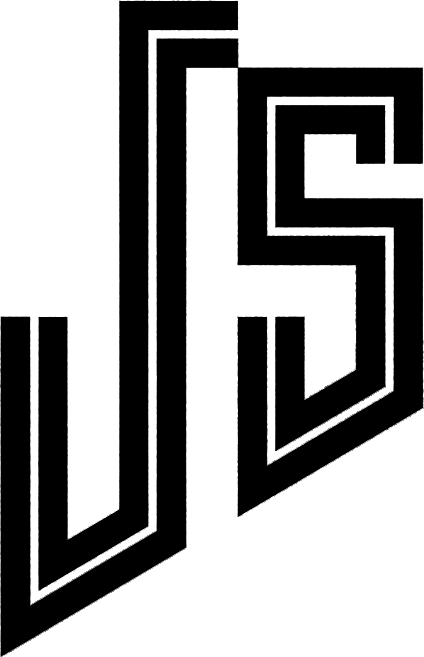One of the things that sparked my interest in headaches and led me to learn more about them is the hidden impact they have on people’s lives. It’s not just the pain. Headaches can make it hard to concentrate, think clearly, or even regulate your mood. Over time, they can reduce your resilience to stress and leave you feeling frustrated or irritable, which often spills over into work, family, and social life.
When I see a patient with neck pain, I always ask about headaches. More often than not, people admit they’ve been dealing with them for months, or even years, but never thought to mention it! Many just assume headaches are part of life, something they’ll always have to manage with medication.
The good news? You don’t have to accept them as normal. With the right combination of manual therapy and movement strategies, it’s often possible to change the symptoms and reduce
A Quick Anatomy Lesson
Your neck isn’t just holding up your head, it has two important jobs:
● Help your senses perceive the world: it positions your head so you can see, hear, smell, and even taste.
● Balance and coordination: it keeps your head aligned with your body while allowing smooth, precise movements.
To do this, your neck relies on some small but important muscles: the deep neck flexors (longus colli and longus capitis) at the front, and the deep extensors (like multifidus and semispinalis) at the back. These muscles stabilize the spine, reduce strain on larger muscles, and fine-tune head movements.
Your neck is also packed with tiny sensors that constantly send information to your brain about where your head and body are in space. Your brain combines this input with what your eyes see and what your inner ear senses, helping you stay balanced and keep your vision steady.
So, Why Do You Get Headaches?
At the base of the brainstem is the trigeminocervical complex (TCC) , think of it as the “headache hub”. This is where pain signals from the top three neck nerves (C1, C2, C3) meet signals from the trigeminal nerve, which supplies the face and head. That’s why pain starting in the neck can sometimes be felt in the head.
Also, due to ongoing input the sensitivity of this hub can increase and normal sensations start to feel painful, a process called allodynia.
How Can We Recalibrate the System?
Physiotherapy can help in several ways:
● ↓ Pain intensity and frequency
● ↓ Allodynia and hyperalgesia
● ↑ Response to medical treatment
These are some of the techniques that we can use:
1. Joint and soft tissue work: mobilisations, soft tissue release, or dry needling to the upper neck can reduce overactive signals to the “headache hub”.
2. Trigeminal and Vagus nerve targeted treatment: manual techniques addressed to your eye, ear and jaw and techniques that support your vagus nerve rest and recover response, will aid the desensitization of this pathway.
3. Exercises: strengthening the deep neck and postural muscles helps you control and position your head, to avoid stress in the joints, muscles and ligaments in the upper neck.
4. Sensory integration retraining: if the sensorimotor system is involved,there are specific exercises that could restore healthy communication between your neck, eyes and inner ear.
Don’t wait! Book your appointment today. Research shows this approach can work even for people who’ve struggled with headaches for years.


